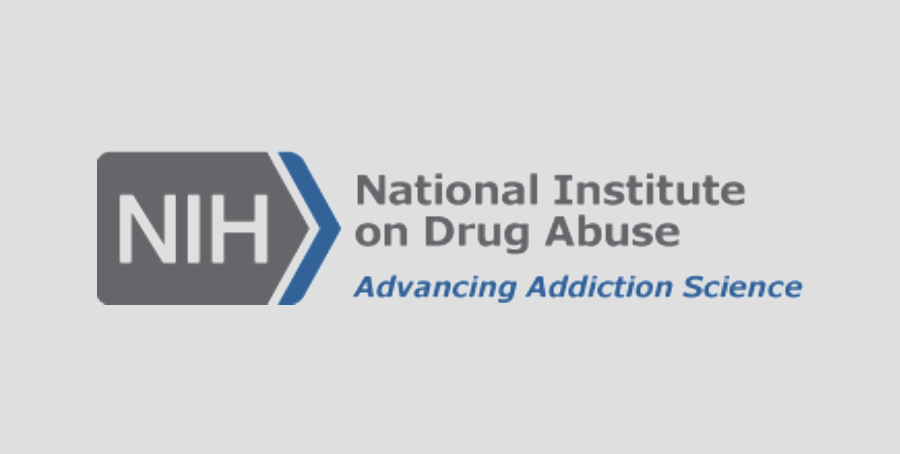For many people, the only thing harder than having an opioid use disorder is living with stigma. Its heavy weight can make the physical, mental, and emotional anguish of addiction much worse.
Stigma is a huge barrier for millions of people with opioid use disorder who may also be managing other health challenges. Overcoming internalized stigma (including from within the recovery community) to get help may backfire when health providers – unknowingly or not – also discriminate against their patient out of fear; personal beliefs; lack of awareness about addiction; or because of outdated, non-evidence-based approaches baked into some health systems.
“I don't feel comfortable” or “I don't want those kinds of patients in my practice,” are common sentiments among health providers, explains addiction medicine specialist Gavin Bart, M.D., Ph.D. of Hennepin Healthcare in Minneapolis, Minnesota, the state’s largest safety-net hospital, noting that those patients are often already in the practices of these providers.
Stigma in healthcare is particularly problematic, he explains, affecting people when they are most vulnerable, and at a juncture where help could be lifesaving. Stigma has many faces, ranging from using the wrong words that blame an individual for his or her problem to preventing patients from receiving needed care for a medical condition, such as denial of pain medication.
“I’ve had patients tell me that their pain isn’t being adequately treated because the provider assumes they’ll misuse pain medication simply because they’re being treated for an opioid use disorder.”
Stigma among providers is rampant but often not acknowledged.
I think stigma is like driving. … Everyone thinks they’re a good driver and that it’s other people who are bad drivers,” explains Bart. “No one thinks that they have stigmatizing behavior – it has to be other people.”
Changing clinician attitudes is hard, but research is showing us how to do it. As part of its effort to find new strategies to prevent and treat opioid addiction, the Helping to End Addiction Long-term® Initiative, or NIH HEAL Initiative®, is funding researchers like Bart to help providers understand that patients with substance use disorders deserve treatment like every other patient.
Words Matter
Language frames what people think about substance use and recovery, and it can also affect how individuals think about themselves and whether they choose to seek help.
“The way we communicate about addiction, its treatment, and treatment outcomes matters to individuals affected by addiction, their families, and communities,” writes addiction medication specialist, Aleksandra Zgierska, M.D., Ph.D., at Pennsylvania State University College of Medicine, Hershey, and an NIH HEAL Initiative researcher, in a recent Commentary in the Journal of Addiction Medicine.
Zgierska and her co-authors, including people with lived experiences, wrote the article to help health providers see addiction as a chronic disease requiring long-term treatment instead of as a character flaw or a moral failing. That means, for example, using first-person terminology like “person with opioid use disorder” instead of “junkie” or addict,” or “testing negative or positive” for drugs instead of “being clean or dirty.”
Structure of health systems contributes to healthcare stigma. The majority of treatment settings, such as methadone clinics and addiction treatment centers, are not integrated into healthcare systems or clinical settings. Routine screening may not be conducted, and clinicians may not be prepared to diagnose and treat or refer people for services. For that reason, many providers haven’t had a first-hand opportunity to learn how to address substance use disorders and treat them despite them seeing so many patients who have substance use disorders.
“With substance use disorders, we have the largest preventable cause of death on the planet, yet very few healthcare providers are adequately prepared to address it,” Bart says.
What’s more, treating opioid use disorder can be more complex than treating diabetes, heart disease, or many health problems frequently managed through primary care, where most people seek medical help.
“There are very few areas in the world of medicine that require specific permission from the federal government to use a medication,” Bart laments. “Unfortunately, the use of buprenorphine to treat opioid use disorders is one of those.”
For example, prescribing the medication buprenorphine as treatment for opioid use disorder requires special permission called a waiver for providers who plan to use it with their patients. Obtaining a waiver is a significant perceived barrier to treatment.
But according to Bart, that’s only part of the problem. Of all the providers who have this special permission, only 30% actually prescribe buprenorphine for their patients. As part of his HEAL-funded research, he and project co-leader, Rebecca Rossom, M.D., M.S., of HealthPartners Institute in Minneapolis, and their team are testing whether a tool called Opioid Wizard can increase these numbers.
The Opioid Wizard is a clinical decision support tool designed to help busy health providers choose the best care for individual patients based on tailored reminders that pop up in the patient’s electronic health record. After a patient’s blood pressure is taken and entered into a computer in the exam room, the computer scans the record for signs of risk for opioid use disorder and generates an advisory for the doctor to screen, diagnose, and/or treat the patient.
Bart and his colleagues hope the tool will help streamline care for people with opioid use disorder as well as identify those at high risk for developing it. It also addresses provider concerns, based in stigma, about giving a medication associated with stigma and stigmatized individuals.
Humanizing Opioid Use Disorder
As in any avenue of life, personal stories can be a powerful way to help patients and providers communicate.
“Just raising awareness that [providers] probably hold stigmatizing views – because most people do – is the first step,” says clinical health psychologist Stephanie Hooker, Ph.D., M.P.H., of the HealthPartners Institute in Minneapolis who is working with Bart to confront health provider stigma. Both are part of the National Institute on Drug Abuse’s long-standing National Drug Abuse Treatment Clinical Trials Network, in which treatment researchers and community-based health providers work toward new treatment options in community-level clinical practice. In 2019, the NIH HEAL Initiative significantly expanded the Network’s ability to use cutting-edge research designs, methods, and data resources to address opioid use in areas of the country that the opioid epidemic affects most.
Recently Hooker worked with a local historian who had interviewed community members with opioid use disorder to generate prototypical patient stories. Then, the team filmed actors portraying those patients’ lives – of which addiction is only one part. As part of this research, doctors who participate in the Opioid Wizard study will also watch a patient on a screen tell their story, helping to humanize opioid use disorder.
The patient narratives might talk about how a person started using opioids, or what it’s like to be in recovery. But they also convey lots of other information about jobs, friends and family, and hobbies. The point, Hooker explains, is to show that a substance use disorder may be one part of a person's life, but it doesn’t define them.
This research hopes to generate a ripple effect throughout medicine – when more and more providers see the benefit of treating opioid use disorder routinely in primary care.
“For change to really be sustainable,” Bart says, “it just has to be a part of who we are, it just becomes routine practice like taking vital signs.”

Read About This Project
Learn more about the NIDA Clinical Trials Network and stigma reduction training.

Find More Projects in This Research Focus Area
Explore programs and funded projects within the Translation of Research to Practice research focus area.

National Institute on Drug Abuse (NIDA)
Learn more about NIDA’s role in the NIH HEAL Initiative.
 U.S. Department of Health & Human Services
U.S. Department of Health & Human Services
